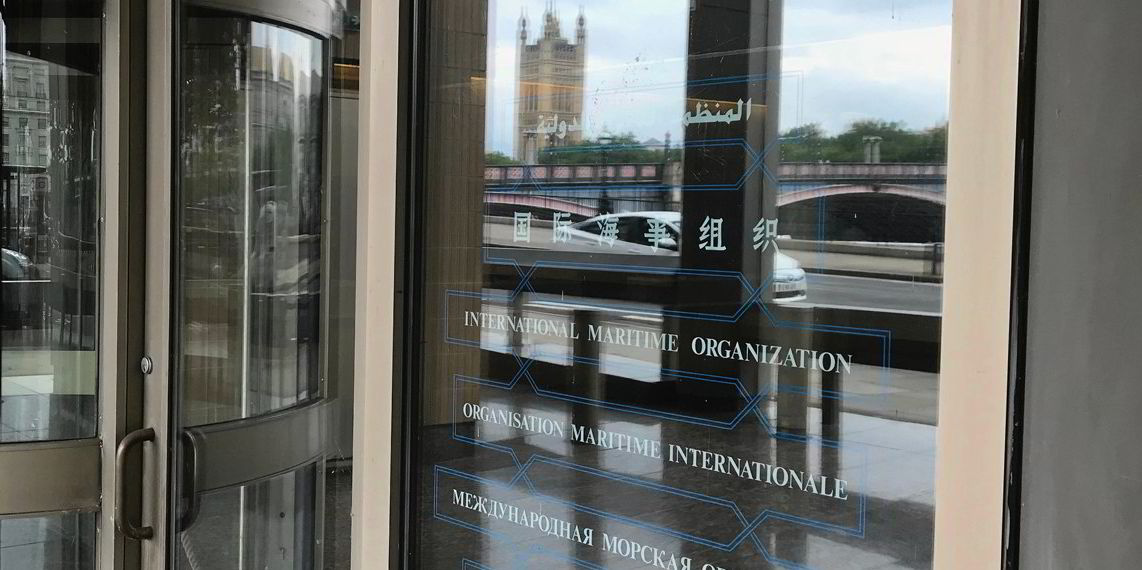Let's play carbon poker. Anyone who has played the Texas Hold 'Em version of the game will know how each round of cards can dramatically shift the strength or weakness of a player's hand.

The International Maritime Organization's steps towards regulating shipping's greenhouse gas output is following a similar progression.
With the latest decision on ratcheting down the carbon output on existing ships, we have just seen the cards in the hole — the term for the two cards that, when combined with the best three of five community cards, constitutes the player's hand. It will be several steps and many years down the road before we see the final community card known as the river.
But unlike the way poker is played in the card room, in carbon poker the IMO's hand is not left to chance. The United Nations' body picks the cards, and last week it chose not to have an ace in the hole when it agreed to cut the carbon intensity of existing ships by 2% per year between 2023 and 2026, in addition to previous decisions.
Now let's get to the point of my potentially strained poker analogy. In Texas Hold 'Em, the weaker the cards are at the start, the stronger they'll have to be at subsequent turns of the cards if they are to produce a winning hand.
Such is the case for the IMO's greenhouse gas regulation.
11% cut
The measures agreed at the latest meeting of the organisation's Marine Environment Protection Committee include what the IMO described as an 11% carbon intensity cut by 2026.
The UN body said that, combined with previous efficiency measures, latest measures are in line with its 2030 goal.
But they leave some distance to travel before shipping reaches the 40% reduction target.
Still, these are just short-term measures.
In addition, to further review this step before the start of 2026, the IMO is aiming to select market-based measures by the spring of 2023, as part of its midterm strategy.
Under consideration is a proposed levy of $100 per tonne of carbon, but as calls grow for a meaningful tax on carbon, hopefully this amount will increase to give greater impetus for development and adoption of zero-carbon fuels.
Finally, longer-term measures will aim for further progress.

At a card table in Las Vegas or Macau, holding weak hole cards is a risky situation. And even though in carbon poker the IMO chooses its cards, it also has the odds stacked against ambitious action on carbon emissions.
This is because it is a deliberative body made up of governments — some of which are keen to cut GHG output and some that are wary of hurting key industries — that will have to make compromises to come to an agreement.
There are several steps remaining in the International Maritime Organization's mission to cut carbon after the United Nations body's carbon intensity targets for existing ships, with 2% annual cuts from 2023 to 2026.
They include:
- decide on market-based measures by 2023
- reviewing the Carbon Intensity Indicator targets before the beginning of 2026
- long-term measures to reach deeper cuts by 2050
"Concessions have been made on all sides in the interest of securing the framework we have in place," IMO secretary general Kitack Lim said. "Our consideration of mid and long-term measures will demand even more of us."
But there are other players at the carbon card table.
The European Union is moving to put shipping in its Emissions Trading System, which will put an effective price on carbon. The US might act as well, although President Biden's administration is likely to find its desire to push decarbonisation crimped by politics in the US Congress.
Both Brussels and Washington may succeed in convincing more nations to favour more ambitious multilateral action.
Shipowners are eager to see clarity before they place their bets on future technology, and some charterers find alignment with national governments that do not want to hike the cost of exporting their commodities.
Both sides may increasingly face pressure from investors, and those governments may encounter more push from their populaces, to take more ambitious action, especially as the effects of climate change are increasingly felt around the world.
Opportunity to cut carbon
Hopefully shipowners and charterers will see that the best bet is to view decarbonisation as an opportunity, rather than sit on their chips until the path to meeting just minimum standards is clear.
But the pressure to water down future measures at the IMO to reach agreements remains a significant risk.
The IMO still has the aces up its sleeve, but it may again choose not to use them.




